OKPLAC Executive Board
Advocacy is exhausting! If it seems like we are constantly in an education reform vortex, it’s because we are. Thinking back on the past decade: TLE, ACE, EOI, PASS, CCSS, RSA, SPED have all been implemented, changed, or eliminated during our legislative sessions. This means every year something has changed for our districts and students. For a parent, just deciphering education acronyms can be a challenge much less keeping up with all the legislative changes which have occurred over the last ten years. These changes have been accompanied by a loss of teachers, two different sets of standards to teach our students, an increase in classroom sizes, and cuts in funding to name a few.
While we have made much progress in positive legislative changes through our advocacy, there still is one main issue public education advocates must battle every year: privatization of funds collected for public education. Despite Oklahoma’s Constitutional obligation to fund a system of public schools which are free and open to all students in the state, each year a small group of people prioritize and lobby to make these public funds available for private school tuition. In 2010, the privatization movement gained steam in Oklahoma with the passage of the Lindsey Nicole Henry (LNH) voucher program and the election of Janet Barresi as State Superintendent of Public Instruction. In 2011, the tax credit Opportunity Scholarship program became law. Both types of programs effectively divert funds from public schools to be used to pay for private school tuition for a small number of students. Each year variations and expansions of vouchers, Education Savings Accounts, and tax credit programs are introduced. In fact, until the teacher pay raise became law last year, common education appropriations had been cut every year since 2010, while funds allocated to expanding private school tuition programs increased.
To be sure, these privatization bills identify student populations that tug on anyone’s heartstrings: special education students, students living in poverty, homeless students, or students with an incarcerated parent. What many education advocates find confusing however, is why privatization supporters only seem concerned with these students if they transfer to a private school?
Public schools in Oklahoma serve approximately 700,000 students including:
• 115,290 special education students (1)
• 15,127 alternative education students (1)
• 27,087 homeless students (2) • 62% eligible for free or reduced lunch (1)
• 10% with at least one parent incarcerated (3)A
State Superintendent Hofmeister submitted a budget proposal for this year which includes an increase of more than $440.6 million to address class sizes and instructional support for students to begin restoring the impact of years of severe budget cuts. Instead of passing legislation which benefits a small fraction of students who are admitted to a private school, why not intensely focus on making sure the public schools which serve all students have the teachers, support staff, and appropriate resources to meet their needs? This is what parents, advocates and public-school supporters fight for at the State Capitol year after year.
Yes, advocacy is exhausting, and we have been successful in our efforts. Like the tortoise and the hare, slow and steady wins the race. So we must continue until all students have the supports they need at their neighborhood school.
Sources:
1-Oklahoma State Department of Education: Fast Facts 2018-19 https://sde.ok.gov/sites/default/files/documents/files/Fast%20Facts%20January%202019_0.pdf
2-National Center for Homeless Education, 2016-17 school year http://profiles.nche.seiservices.com/StateProfile.aspx?StateID=42
3-Annie E. Casey Foundation: April 2016 Kids Count Report https://www.aecf.org/m/resourcedoc/aecf-asharedsentence-2016.pdf

